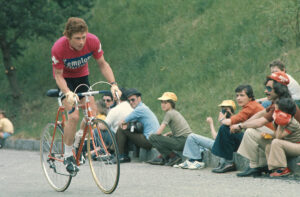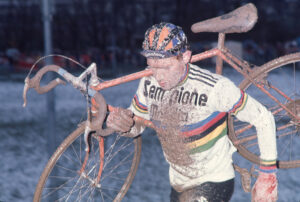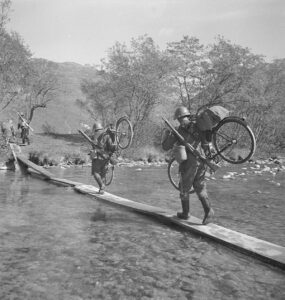
Mud-wrestling on wheels
A scramble through the history of cyclo-cross. A sport that produced Swiss stars in the 1970s and 1980s, then sank almost completely into oblivion and is now experiencing a modest revival.
Wheels, races, glory. Swiss cycling
On the road, in the arena or across country: the exhibition presents the world of Swiss cycling in all its facets. Photographs tell the stories of mountain ascents, cycling acrobatics both highly skilled and unintentional, duels in the arena and out on the roads, and the good old military bicycle.



Cyclo-Cross Woldchampionships 1968 in Luxembourg. YouTube / British Pathé

Swiss Sports History

This text was produced in collaboration with Swiss Sports History, the portal for the history of sports in Switzerland. The portal focuses on education in schools and information for the media, researchers and the general public. Find out more at sportshistory.ch



